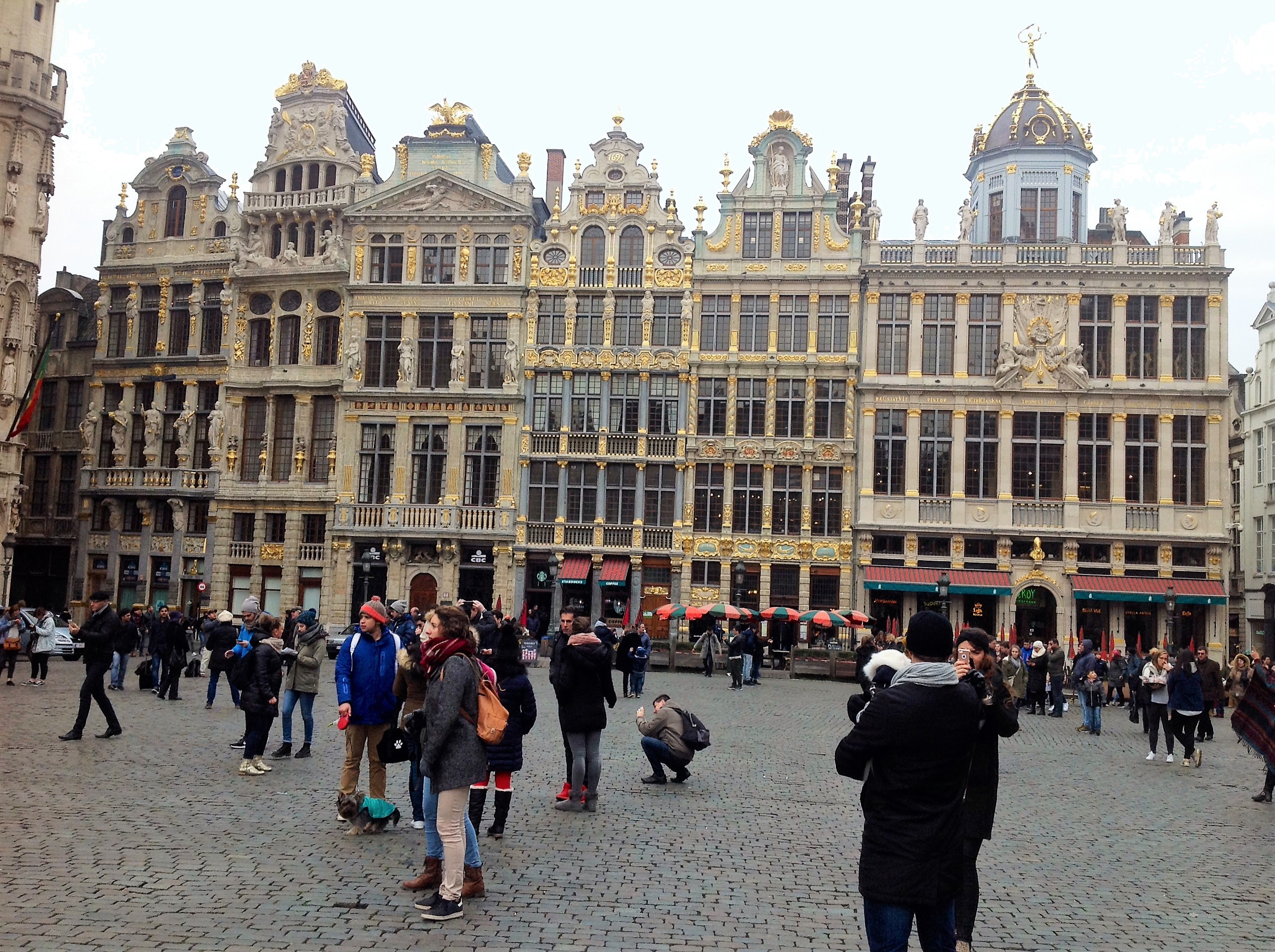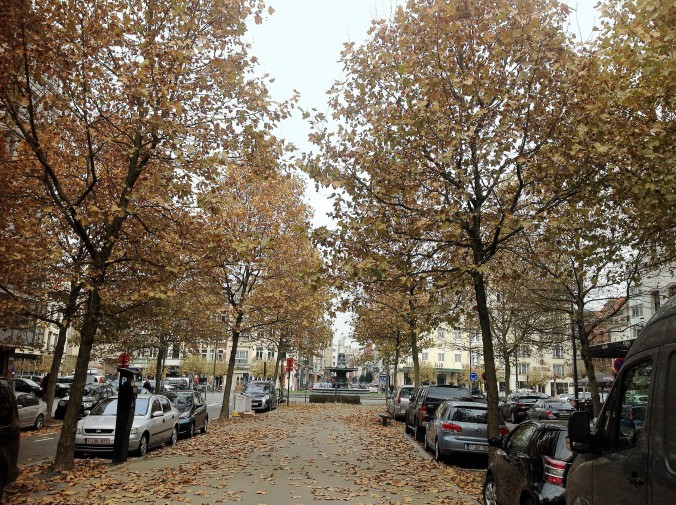Just had a working visit to Brussels, and was it cold after the emerging summer temperatures in Sydney! The locals know how to dress for one digit temperatures – I just don’t own those sort of clothes.
The deciduous broadleaf trees in Brussels and elsewhere across the northern hemisphere are also transiting into their winter wardrobe. This means shedding their cloak of leaves. This feature of northern hemisphere broadleaf trees is only occasionally seen in the southern hemisphere.

With its striking early architecture and complex history Brussels is well worth a visit – but go in the summer!
As deciduous trees prepare for their annual leaf loss they absorb the chlorophyll, plus other nutrients from their leaves. Without the chlorophyll pigment that colours the leaves green other pigments dominate and the leaves turn to shades of yellow, red, orange and brown. Once all the chlorophyll has been absorbed the leaves wither and fall to the ground. Northern hemisphere broadleaf deciduous tree species include oak, maple, beech, hemlock, cotton wood, elm and others.
Vast tracts of former temperate deciduous species dominated forest have been cleared for settlement and farming. Frequently derived from glacial deposits the underlying young soils are mostly fertile and moisture retentive. In large parts of China this clearance has been almost total; less so in Europe. In the United States of America settlers have cleared vast tracts of deciduous forest for cities and farms over the past four centuries.
Yes – chilly in Brussels, and across Europe as winter advances and trees disrobe. With its striking early architecture and complex history Brussels is well worth a visit – but go in the summer!
